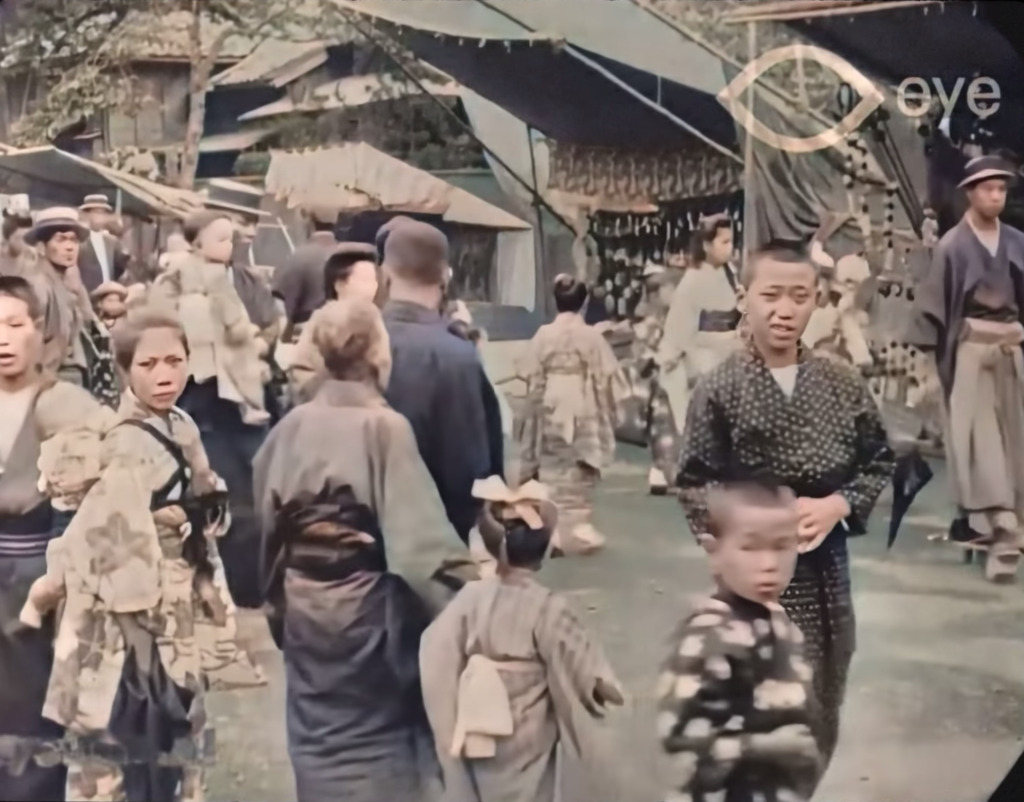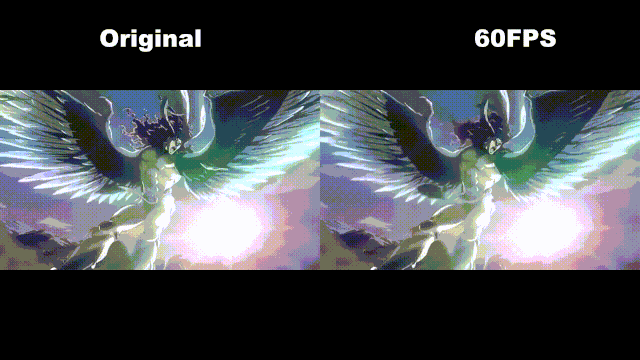Command Palette
Search for a command to run...
YouTube Celebrity Programmer Restores Ancient Street View Videos From the United States, Japan, and Russia

A YouTuber is addicted to restoring historical videos. He has used AI technology to restore street videos of New York, Tokyo and other places a hundred years ago. After experiencing the street scenes of old Beijing a hundred years ago, let's travel back to the streets of Tokyo and New York a hundred years ago!
Do you remember the video of Beijing street scene restored by AI a century ago that was popular all over the Internet? (See"AI restored Beijing street scene video in the Republic of China, popular on the Internet, taking you through time")
What did other cities around the world look like during the same period? Denis Shiryaev, an engineer from Russia, used AI technology to restore many old videos, which also became popular on YouTube.
From Moscow in 1896, to New York in 1911, and then to Tokyo in 1913, Denis allowed netizens to feel the customs of these cities a hundred years ago.
Restoring "Train Arriving at the Station" became a success
In February this year, Denis Shiryaev uploaded a video on YouTube of the first film in human history restored using AI technology - "The Arrival of a Train at the Station".
To his surprise, the video became an overnight sensation, and to date the restored film has been viewed more than 4 million times.
125 years later, the original 50-second silent black-and-white film was colored by Denis using AI technology and upgraded to a high-definition version with 4K and 60 fps quality, allowing us today to see a more realistic historical picture.
New York, Tokyo, Moscow video restoration: Hand in homework for netizens
After his first restoration work received a huge response, Denis, at the request of many netizens, restored several more old videos to let everyone experience Moscow, New York and Tokyo a hundred years ago.

1896 Moscow: Busy Commercial Street
Denis' AI time machine first chose Moscow in 1896. The city was built along the Moscow River in 1147 and has a history of nearly 900 years.
At the end of the 19th century, Russia had just completed the Industrial Revolution and had more than 20,000 industrial and commercial enterprises.The number of workers reached 120,000.
The video records Tverskaya Street in Moscow, which is lined with shops and bustling with horse-drawn carriages, policemen, and merchants.
Less than 2 kilometers away, you can walk along this street to the famous Kremlin, which was the residence of the Tsar at that time and is now the presidential palace of Russia.
1911 New York: European immigrants' American dream
Denis also selected a famous video of New York City from 1911 to restore.
This 8-minute-and-35-second video takes people back to 1911, when the United States was in a period of rapid urbanization and the Second Industrial Revolution created a large number of jobs in the United States.
The original film was shot by a Swedish company and was titled "Journey to New York".
Opened by the Museum of Modern Art in 2018
At the end of the 19th century and the beginning of the 20th century, a large number of Europeans who were unemployed due to social stagnation chose to travel across the ocean to pursue the "American Dream".
The wave of immigration from Europe reached its peak. The most famous of these was the Titanic, which sailed from Britain in April 1912.
At the beginning of "A Trip to New York", a cruise ship slowly sails towards the bustling New York with tall buildings, heavy traffic and people.
1913-1915 Tokyo: Stable prosperity after the Meiji Restoration
This original footage was shot by foreign photographers in Tokyo, Japan between 1913 and 1915, just as the First World War (1914-18) was about to begin.
At this time, Japan was in a period of prosperity after decades of stable development following the Meiji Restoration.Tokyo's population returned to its pre-Meiji Restoration peak of over 2 million people.

The Japanese teachers in suits and passers-by in top hats on the streets all reflect that Japan at that time was undergoing a transformative moment of the fusion of Western and Eastern cultures.
If you still feel unsatisfied, you can go to Denis’ YouTube homepage to continue your journey through time:
https://www.youtube.com/c/DenisShiryaev/videos
Denis Shiryaev modestly said that he could achieve these results thanks to AI technologies such as DAIN, ESRGAN, and DeOldify. With these technologies, anyone can do it.
Three-step routine for old video restoration: improving image quality, interpolating frames, and coloring
Gigapixel AI: A powerful tool for improving image quality
According to Denis,He first used Gigapixel AI, a commercial image editing software developed by Topaz Labs, to scale up the original extremely low-resolution video by 600% to 4K quality.
Gigapixel AI works similarly to ESRGAN, a super-resolution restoration technique, using its proprietary interpolation algorithm to analyze images and identify details and structures to further “complete” the image.
To avoid blurry images after enlarging, the software uses deep convolutional neural network technology to analyze millions of pairs of images to understand how details are lost in the images and then fill in the details in the new images.

Frame filling model: DAIN
Next, Denis used the depth-aware video frame interpolation model DAIN to create and insert frames that did not exist before in the video between the key frames of the existing video clips, relying on the model's "imagination" to increase the frame rate of the video to 60 frames per second.
DAIN (Depth-Aware Video Frame Interpolation) is a frame interpolation algorithm developed by Bao Wenbo, a doctoral student at Shanghai Jiao Tong University.The algorithm can "imaginarily" convert a 30-frame video into 480 frames, making the video smoother.
Project address: https://github.com/baowenbo/DAIN

Coloring: DeOldify
In the coloring process, the author used DeOldify, which was developed for coloring old photos. The principle is to use NoGAN technology, which combines the advantages of GAN training, such as excellent coloring effects, while also eliminating some side effects, such as unstable coloring and flickering.

Project address: https://github.com/jantic/DeOldify
Finally, for some early silent videos, Denis also added some sound effects corresponding to the videos to make the overall audio-visual effect more realistic.
Denis said that he loves the field of machine learning technology, and restoring old videos is just a demonstration of his application of this technology. He will continue to look for such technologies on GitHub and continue to share his learning results on his blog.

-- over--








